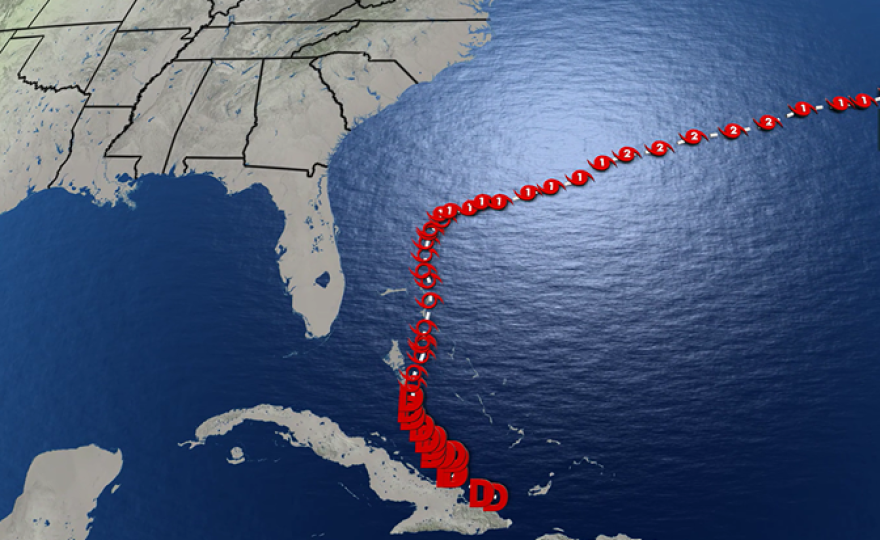Part of a major effort to protect Florida’s iconic State Road A1A from storm damage is now considered to be complete in coastal areas that have been problematic for decades in north-central Florida.
The Florida Department of Transportation reports spending roughly $100 million to safeguard less than three miles of roadway around Flagler Beach and Ormond-by-the-Sea, two coastal communities that have endured extensive erosion and damage from hurricanes and powerful nor’easters.
Rather than constructing traditional concrete seawalls, which can drastically alter the character of a beach, engineers opted for a less visible solution known as “buried secant seawalls.”
These reinforced concrete barriers are embedded into dunes and are concealed beneath layers of sand and native vegetation.
The design aims to preserve the natural appearance of the coastline while providing a strong defense against powerful waves and storm surge.
According to FDOT, the hidden walls are engineered to last more than 50 years, offering a longer-term solution than relying on consistent repair work.
State Road A1A spans nearly 400 miles from Nassau County in Northeast Florida all the way to Key West and hugs much of the Atlantic shoreline.
The roadway serves as both a scenic coastal route for tourists and a critical evacuation corridor for coastal residents before hurricane strikes.
FDOT officials said they used lessons learned from a 2019 project, when a similar buried wall was built in northern Flagler Beach.

The structure has successfully endured multiple storms since its completion, including conditions comparable to a Category 3 hurricane.
Category 3 hurricanes produce sustained winds between 111 and 129 mph, along with a storm surge of 9 to 12 feet - effects that cause significant coastal flooding and structural damage.
While the newly completed construction will not alter the timing or scope of hurricane evacuation orders, transportation officials said they expect the improved infrastructure to help keep the highway intact during storms. That, in turn, could allow emergency crews and returning residents quicker access to coastal communities once conditions improve.
To help maintain the area’s natural appeal and promote dune stability, more than 142,000 native plants are being added as part of the project, along with several beach walkovers for public access.
During the recent brush with Hurricane Imelda and a prolonged stretch of strong onshore winds that elevated tides along the east coast for more than a week, local officials reported no significant structural issues in the newly reinforced areas. However, other parts of the state were not as fortunate.

Significant erosion was observed in St. Johns County and Palm Beach County, where assessments were still underway to determine the extent of impacts.
Palm Beach County officials are preparing for a busy winter of coastal restoration projects, meaning any sand lost during the hurricane season could be replaced through the planned efforts.
Extensive beach renourishment projects usually occur every five to six years, but the timeline can vary based on allotted funding and impacts from coastal storms.
A spokesperson for the FDOT said the buried seawall could be an option for any future issues along other areas of S.R. A1A or elsewhere in Florida, but there have been no public announcements of future projects.






